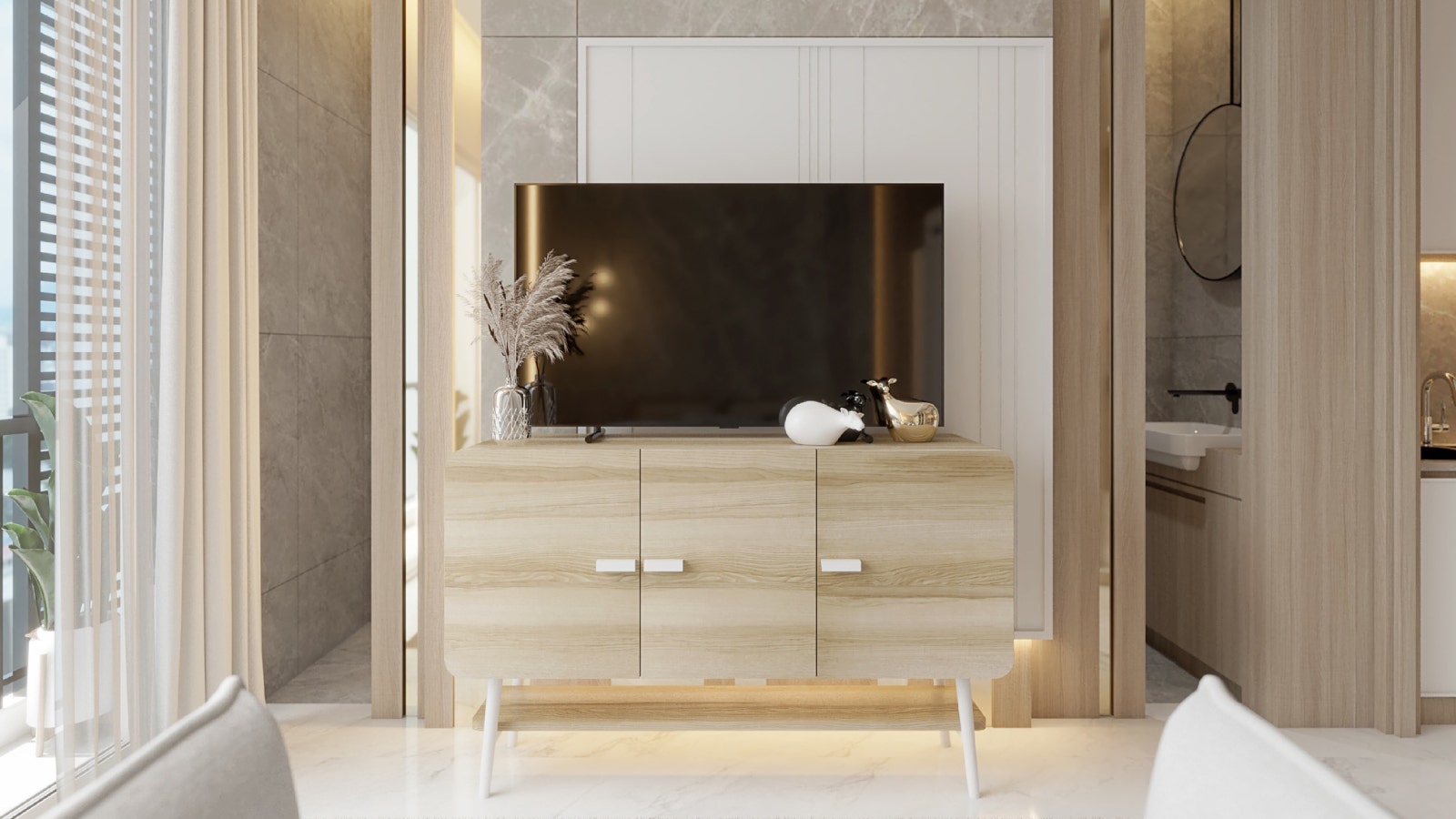Design Considerations for Shallow Lower Kitchen Cabinets

Shallow lower kitchen cabinets, while presenting unique design challenges, offer compelling advantages in smaller kitchens or spaces where maximizing vertical storage is key. Their compact depth allows for a more open and less cluttered feel, while still providing ample storage. However, careful planning is crucial to ensure functionality and avoid sacrificing usability for space-saving aesthetics.
Challenges and Advantages of Shallow Lower Kitchen Cabinets
The primary challenge with shallow lower cabinets is limited storage capacity. Deep drawers and shelves are essential for storing larger pots, pans, and appliances. Shallow cabinets require more strategic organization and potentially necessitate the use of specialized storage solutions. However, the advantages include increased floor space, improved kitchen flow, and a more spacious feel, particularly beneficial in smaller kitchens. They can also help create a more visually appealing and less overwhelming kitchen layout. The increased legroom is a significant benefit for people of all heights.
Space-Saving Techniques and Storage Solutions for Shallow Cabinets
Effective space-saving techniques are paramount when designing with shallow cabinets. Pull-out shelves, often referred to as “lazy Susans,” are invaluable for maximizing accessibility and visibility in corner cabinets. Vertical dividers in drawers allow for the efficient storage of utensils and smaller items. Utilizing narrow, deep drawers for items like cutting boards and baking sheets can also be helpful. Think of it like a well-organized pantry – everything has its place and is easily retrievable. Stackable containers and drawer organizers further enhance storage efficiency, optimizing the limited depth.
Cabinet Door Styles and Hardware for Shallow Cabinets
Choosing the right cabinet door style and hardware is critical for maximizing accessibility in shallow cabinets. Frameless cabinets, with their sleek design, tend to maximize interior space. Recessed handles or minimalist knobs prevent doors from obstructing walkways or hindering access. Avoid large, protruding handles that would reduce the already limited space. Consider using push-to-open mechanisms for a seamless, modern look that optimizes usability in tight spaces. A simple, clean door style allows for easier opening and closing, which is essential when dealing with limited depth.
Material Comparison for Shallow Cabinets
The choice of material significantly impacts the durability, cost, and aesthetic of shallow lower cabinets. Below is a comparison of common materials:
| Material | Pros | Cons | Cost |
|---|---|---|---|
| Wood (e.g., maple, cherry) | Durable, beautiful, customizable | Expensive, requires maintenance | High |
| Laminate | Affordable, durable, easy to clean | Can be less visually appealing, susceptible to damage at edges | Medium |
| MDF (Medium-Density Fiberboard) | Affordable, smooth surface, paintable | Less durable than wood, prone to moisture damage | Low to Medium |
| Thermofoil | Moisture-resistant, durable, variety of finishes | Can chip or peel if damaged | Medium |
Optimizing Functionality in Shallow Lower Kitchen Cabinets

Shallow lower cabinets present a unique storage challenge, but with clever planning and the right organizational tools, they can be surprisingly efficient. The key is to maximize vertical space and utilize every inch effectively, transforming what might seem like a limitation into a well-organized and accessible storage solution. Think less about sprawling horizontal space and more about cleverly stacked and easily retrievable items.
Shallow lower kitchen cabinets – Effective organization hinges on utilizing every cubic inch. Shallow cabinets force you to think vertically and strategically about what you store where. This often means embracing tools designed for vertical storage and maximizing the use of space usually left empty. By focusing on efficient organization, you can avoid the frustration of cramped cabinets and easily locate items when needed.
Pull-Out Shelves and Drawer Dividers
Pull-out shelves are a game-changer for shallow cabinets. They transform hard-to-reach areas into easily accessible storage. Imagine a shallow cabinet under a countertop, typically used for infrequently accessed items. A pull-out shelf system allows you to easily access even the items at the back. Coupled with drawer dividers, these shelves become incredibly efficient for storing spices, canned goods, or even small kitchen appliances. Dividers prevent items from shifting and tumbling, ensuring everything stays neatly organized and visible. The added benefit is a significant improvement in accessibility; you can see and reach everything without having to rummage around.
Vertical Storage and Tiered Shelving Solutions
A visual representation of effective storage could be a shallow cabinet (say, 12 inches deep) with a three-tiered pull-out shelf system. The bottom shelf could hold larger items like baking sheets or cutting boards, stored flat. The middle shelf, with dividers, could neatly hold canned goods or jars of spices. The top shelf, also with dividers, could accommodate smaller items like frequently used cooking utensils or small boxes of baking supplies. This vertical organization utilizes the height of the cabinet fully, optimizing storage capacity despite the shallow depth. Alternatively, you could visualize slim, vertical storage containers holding items like rolling pins or spatulas, taking up minimal horizontal space while maximizing vertical space.
Impact of Cabinet Depth on Appliance Selection and Placement
Cabinet depth significantly impacts appliance selection and placement, particularly for built-in appliances. For instance, a shallow cabinet might necessitate choosing a slimmer dishwasher or microwave to fit properly. This could mean selecting a counter-depth model instead of a standard-depth model. Careful planning and measurement are essential to ensure that the chosen appliances will comfortably fit within the available space. This might also influence the placement of certain appliances; you might choose to place a smaller microwave above the counter rather than integrating it into a shallow cabinet. Ultimately, understanding the constraints of shallow cabinets allows for more informed decisions regarding appliance choices and their placement within the kitchen layout.
